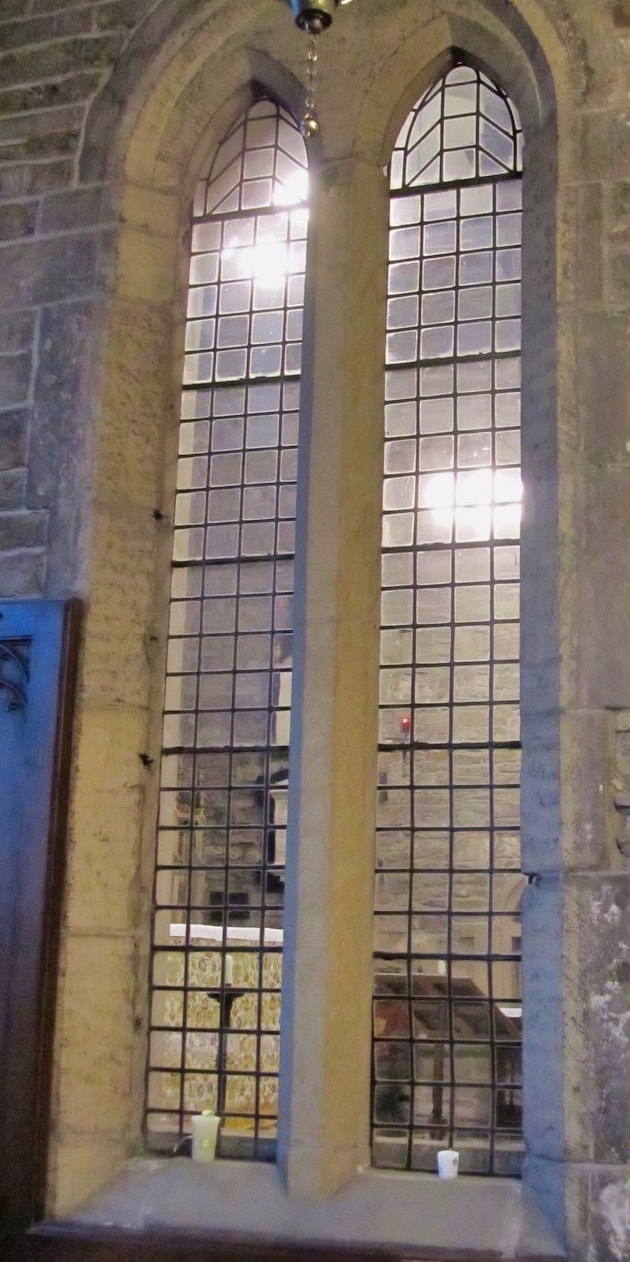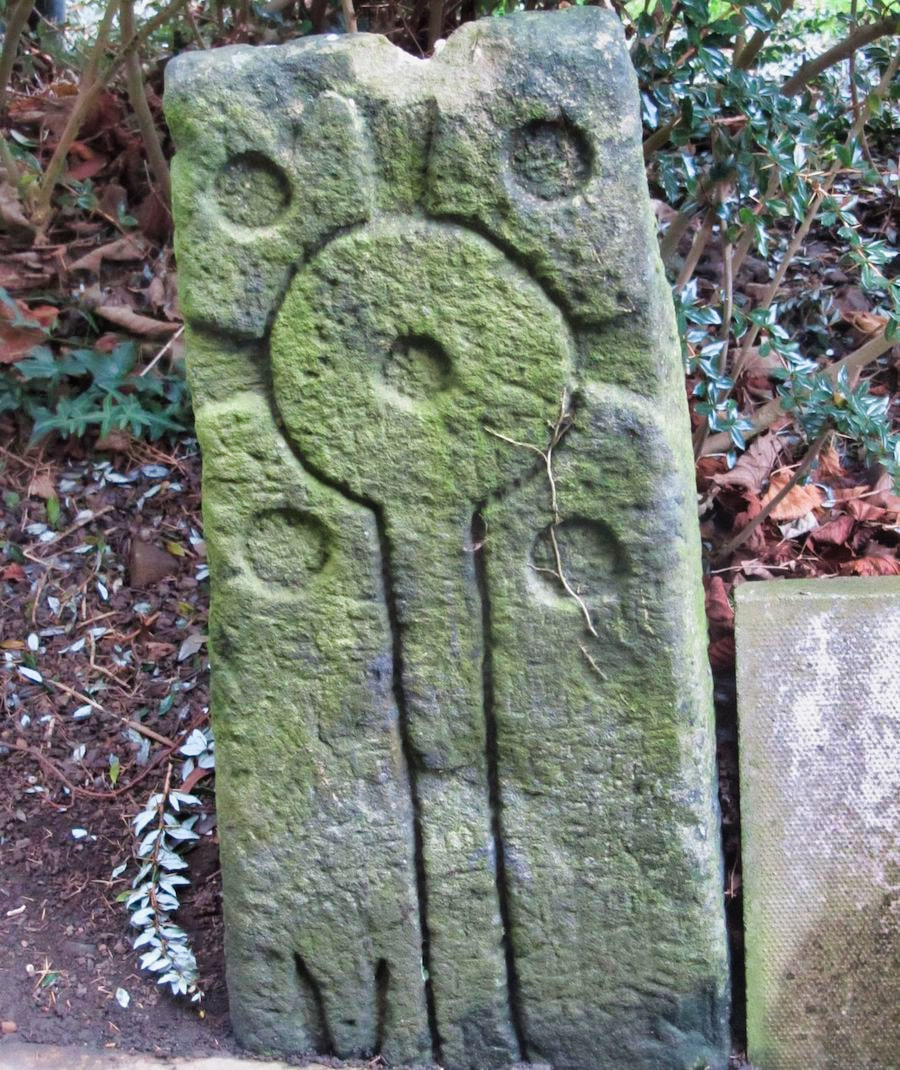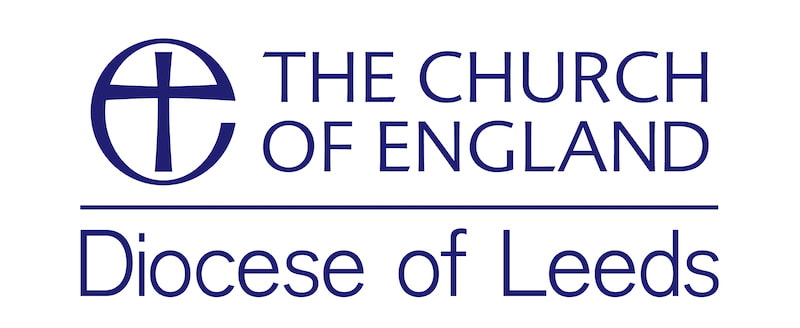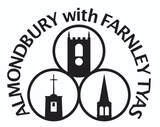From Almaneberie to Almondbury: The beginnings of All Hallows'
|
By Hilary Pollard
Almondbury, listed in the Domesday Book as Almaneberie, was in the lands given by William the Conqueror to Ilbert de Lacy. There is no mention of a church in Domesday but that does not mean there wasn’t one as the Commissioners were only interested in land holdings. The presence of three Anglo-Saxon grave slabs strongly suggests that there was a church here. Two of the slabs are in the church yard, the third forming a header to an opening in the tower. The fine surviving 12th century lancet windows, now internal in the north and south walls of the chancel, are further evidence of an early church, the current chancel being the east end of that building. The present church is essentially a building from the late middle ages, that is from the 14th to early 16th centuries. Basically a rectangular building, with a slightly narrower eastern projection holding the sanctuary with its high altar, it is a building full of interest which has been subject to change over the centuries to fit in with fashion and religious teaching. The main body of the church, the nave, was separated from the chancel by an oak screen which still exists. This enabled there to be north and south chapels which were most probably financed as Chantry Chapels for the Kaye and Beaumont families. Originally the central portion, in front of the chancel, would have held a platform, large enough to hold to hold a Rood – a cross holding a figure of Christ flanked by his mother, Mary, and the Apostle John. It might have been large enough to hold people, and often a priest would read the Easter Gospel from there. Access was by a staircase in the north chapel. The 16th and 17th centuries were times of religious upheaval and, like most other churches, Almondbury lost its Rood figures. At some point these were replaced by the family pew of the Kayes of Woodsome Hall. Almondbury parish covered a large area and in the reign of Edward VIth the old forms and stools which had formed the seating of the church were removed and replaced by pews installed by Arthur Kaye and his son John. They then divided the church and the parish into four quarters and each part was given an allotment of seats: Honley, Farnley and Meltham sat in the north, Almondbury and Crosland in the centre and Holmfirth in the South. Interestingly, although they were a prominent family in the area, and great benefactors of the church, they never held the patronage which would have allowed them to appoint the priest. |



